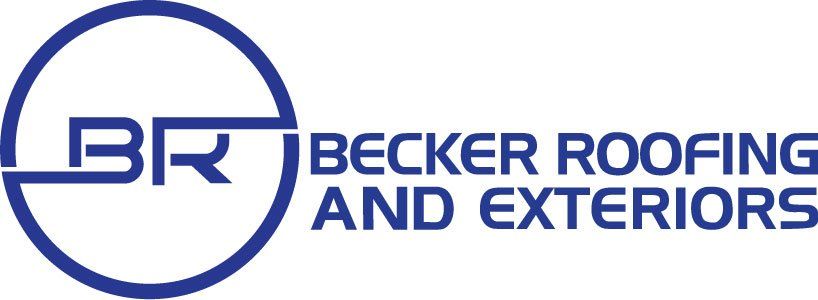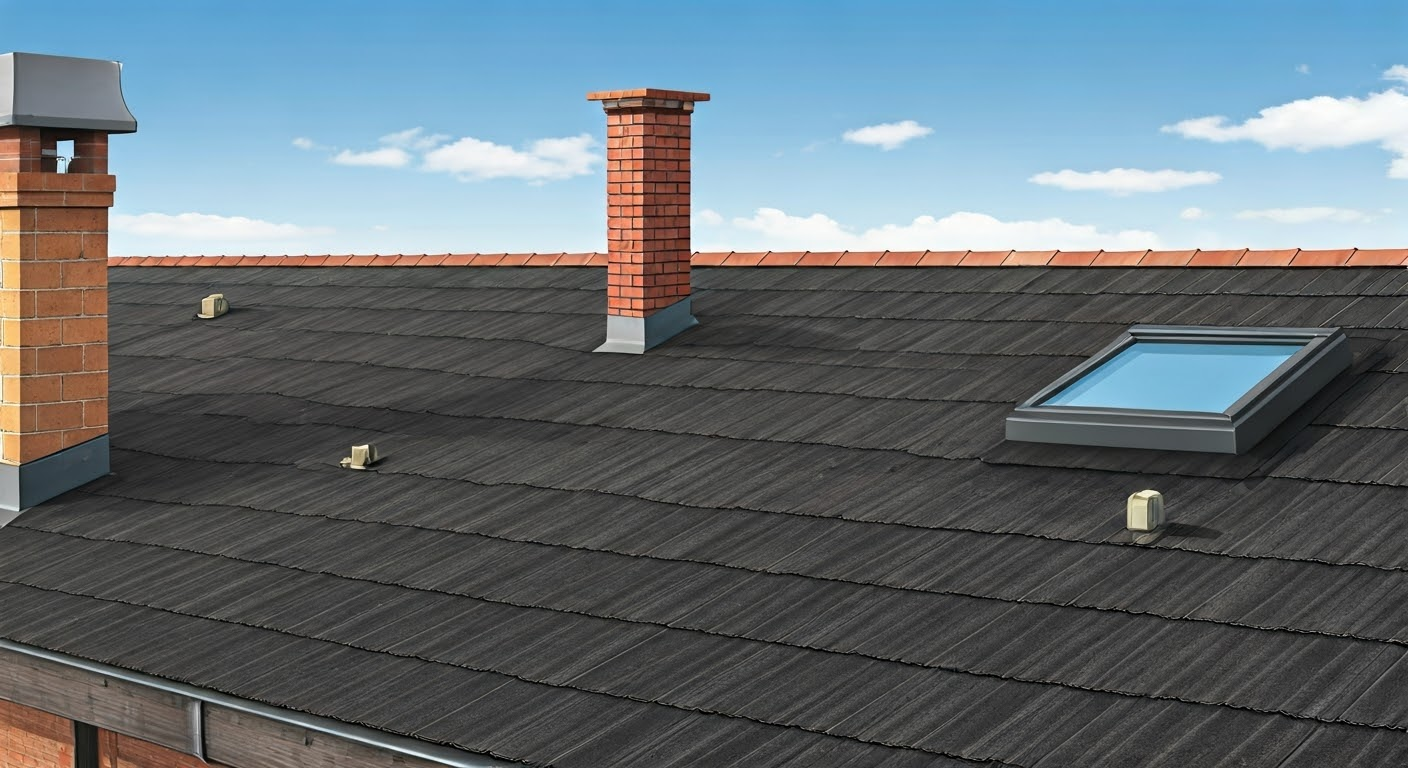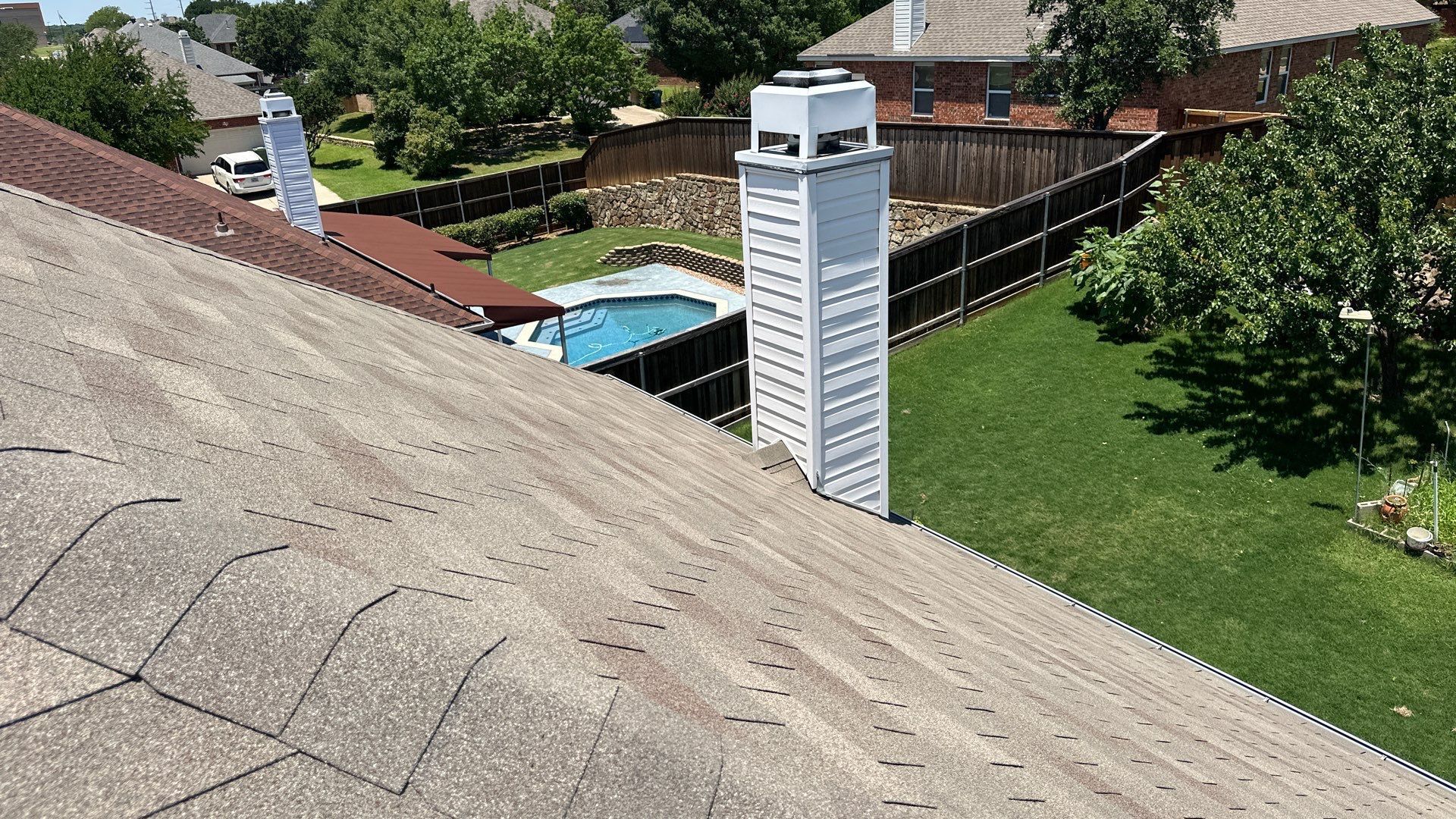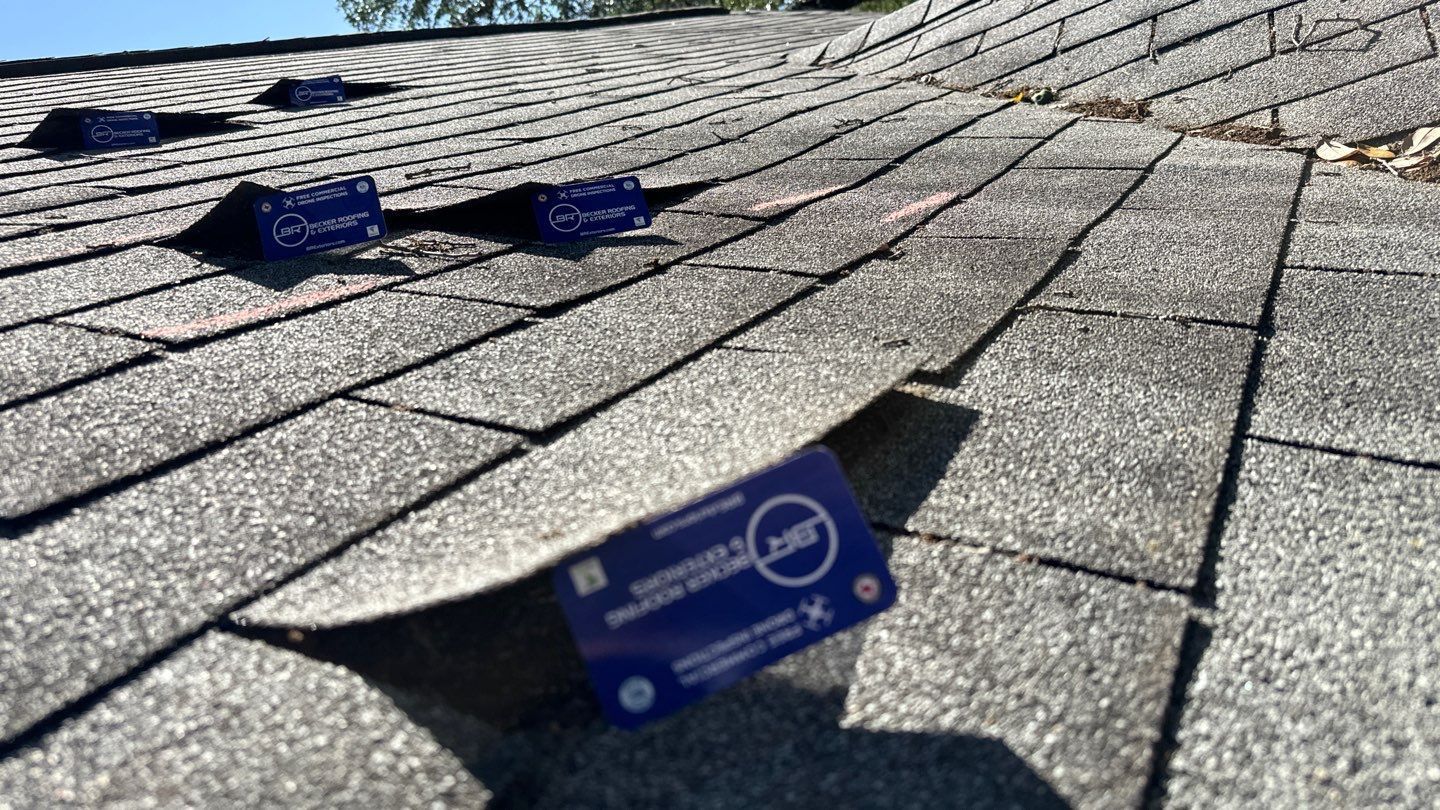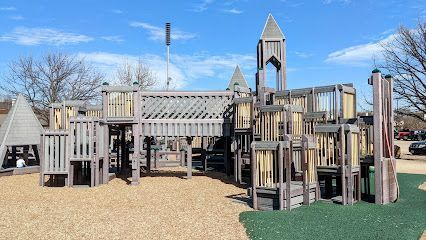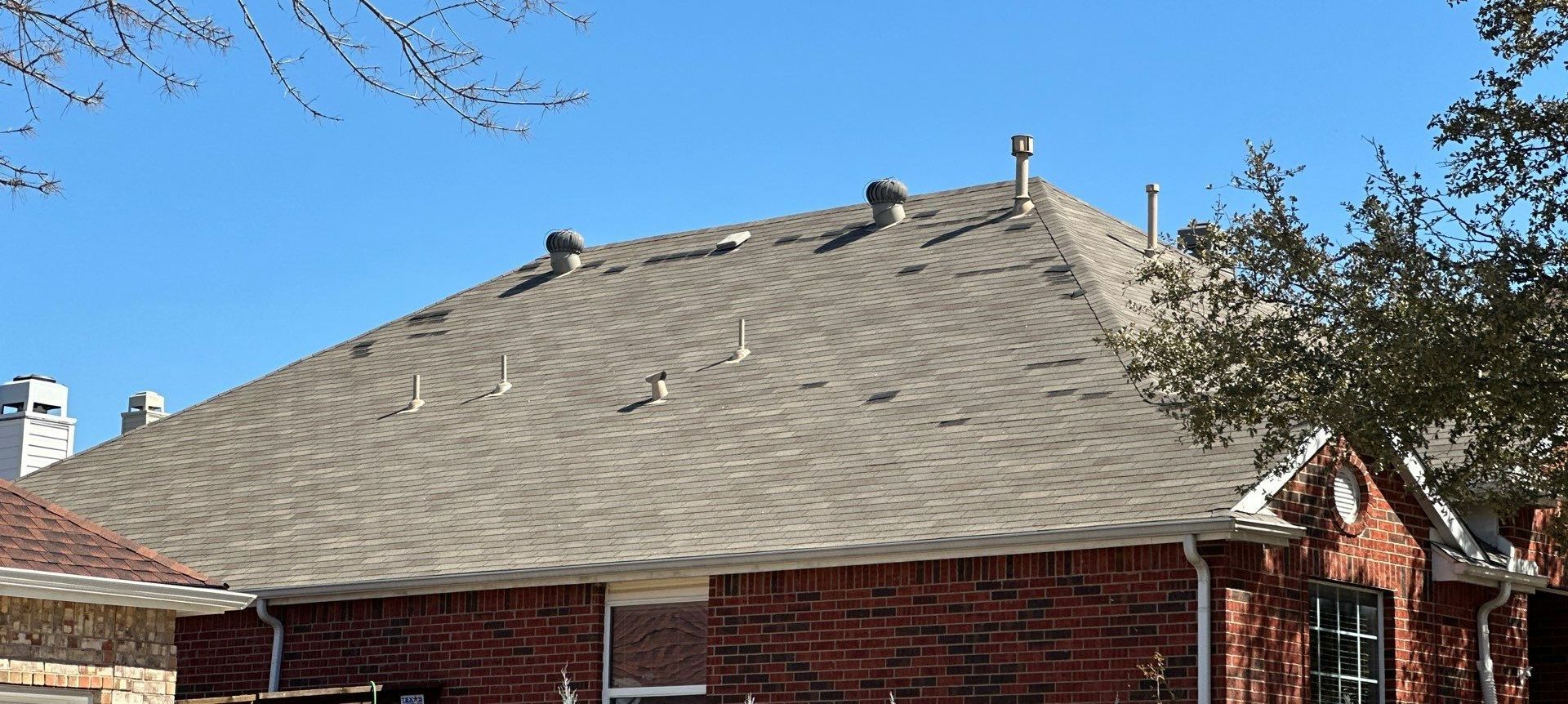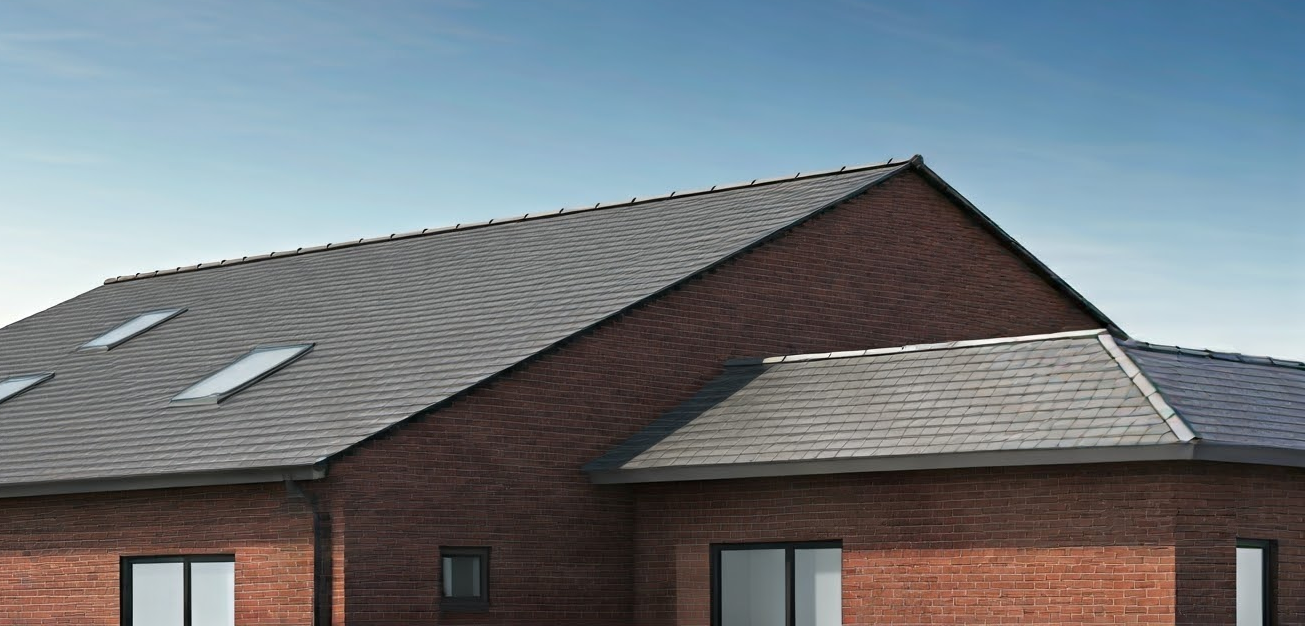How to Find Hail Damage to Metal Items on Property
Discover how to spot hail damage to metal items on your property with our expert guide. Don't miss out on essential tips on our blog!

Uncovering Hail Damage on Metal Items
Key Highlights
- Hail damage can cause significant harm to metal roofing and other metal items.
- Insurance companies play a crucial role in assessing and covering hail damage claims.
- Understanding the impact hail on different types of roofing materials is essential.
- Identifying hail damage on metal surfaces requires careful observation and inspection.
- Innovative techniques, such as using high-powered flashlights and sunlight, can help detect hail damage.
- Capturing photographic evidence of hail damage is crucial for insurance claims.
- Metal roofing panels play a significant role in withstanding and protecting against hail damage.
Introduction
Hail damage can have a devastating impact on various metal items, including metal roofing. Whether it's a hailstorm or a severe weather event, metal surfaces are at risk of being dented, cracked, or punctured, leading to extensive property damage. Insurance companies, such as State Farm, play a vital role in assessing and compensating for hail damage claims, making it essential for property owners to understand the process and evidence required to file a successful claim. Although hailstorms can be destructive, the amount of damage can vary greatly depending on a number of important factors.
In this blog, we will delve into the world of hail damage on metal items, with a specific focus on metal roofing. We will explore the formation of hail and its effects on metal surfaces, the basics of hail formation, how hail interacts with different metals, and techniques for identifying hail damage on metal surfaces. Additionally, we will discuss innovative methods for detecting hail damage, such as using high-powered flashlights and sunlight, as well as the importance of photographic evidence in filing insurance claims for hail damage. Finally, we will highlight the significance of metal roofing panels in protecting against hail damage and maintaining the structural integrity of properties.
Understanding Hail and Its Effects on Metal
Hail is formed when strong updrafts in thunderstorms carry raindrops upward into extremely cold areas of the atmosphere, causing them to freeze into ice pellets. These ice pellets, known as hailstones, grow in size as they are repeatedly carried upwards and within the storm clouds. When hailstones eventually become too heavy for the updrafts to support, they fall to the ground at high speeds.
The impact of hailstones on metal surfaces can cause varying degrees of damage, including water damage. Depending on the size and velocity of the hailstones, metal items such as roofing panels, gutters, and siding can be dented, cracked, or even punctured. The force of the impact can also affect the structural integrity of the metal, compromising its ability to provide protection against the elements. Outdoor furniture is also at risk of damage from hail, as well as other outdoor items such as siding and windows. It is important to inspect all exterior furnishings after a hailstorm to assess any potential damage.
The Basics of Hail Formation
Hail formation begins with the updrafts in a thunderstorm. These updrafts carry raindrops upward into the colder regions of the storm cloud, where they freeze into ice pellets. These ice pellets are then carried upward and downward within the storm cloud, accumulating layers of ice as they pass through supercooled water droplets. The hailstones continue to grow until they become too heavy for the updrafts to support, at which point they fall to the ground as hail.
The size of hailstones can vary depending on the strength of the storm and the length of time the hailstones spend within the storm cloud. Hailstones can range in size from small pea-sized pellets to larger golf ball-sized or even baseball-sized stones. The speed at which hailstones fall depends on their size, with larger hailstones falling at higher speeds due to their increased mass. These factors contribute to the potential damage caused by hailstorms, especially when accompanied by strong winds and large hail stones.
How Hail Interacts with Different Metals
When hailstones make contact with metal surfaces, the impact can cause varying degrees of damage depending on the type of metal. Metal roofing, including commercial roofing, is susceptible to hail damage due to its exposed position on the roof. Hailstones can dent or puncture metal roofing panels, compromising their ability to provide protection against the elements and potentially leading to leaks and further damage.
Different metals react differently to hail impact, with some metals being more resistant to damage than others. For instance, steel and aluminum are commonly used in metal roofing systems and can withstand smaller hailstones without significant damage. However, larger hailstones or hailstorms with strong winds can cause extensive damage to metal roofing, requiring repairs or even a complete roof replacement. It is essential for property owners to understand the potential for hail damage on their specific type of metal surface and take appropriate measures to assess and address any damage that may occur from various types of common roofing materials.
Identifying Hail Damage on Metal Surfaces
Identifying hail damage on metal surfaces, such as mailboxes, requires careful observation and inspection. While some hail damage may be obvious, such as dents or cracks, other signs may be more subtle and require a trained eye to spot. Property owners should be aware of the key indicators of hail impact, such as spatter marks, which are small marks left by hailstones upon impact. If you notice any signs of hail damage, such as dented or cracked mailboxes, it may be an indication of a recent hail storm in the area. If you see any damage on other metal items, it is a good idea to get your property inspected for potential hail damage, even if you don't see any immediate signs.
Other evidence of hail damage on metal surfaces can include changes in texture or appearance, such as dimples or pockmarks. It is important to thoroughly inspect metal surfaces, as well as other areas that may be covered by insurance, such as wood surfaces. Pay close attention to areas that are more exposed to the elements, such as roofing panels, gutters, and siding, as well as metal structures like patio covers. Documenting the evidence of hail damage through photographs is crucial for insurance claims and professional assessments.
Key Indicators of Hail Impact
When assessing metal surfaces for hail damage, there are several key indicators to look out for:
- Spatter marks: These are small marks left by hailstones upon impact and can indicate the size and force of the hail.
- Dents or cracks: Visible dents or cracks in metal surfaces are clear signs of hail damage.
- Changes in texture or appearance: Hail impact can cause dimples, pockmarks, or changes in the surface texture of metal items.
- Size of hailstones: The size of hailstones can give an indication of the potential damage they can cause to metal surfaces.
- Evidence of previous hail damage: Previous hail damage may indicate a higher risk of future damage and the need for repairs or replacement.
These indicators, along with a thorough inspection, can help property owners identify and assess the extent of hail damage on metal surfaces.
Differentiating Between Hail and Other Types of Damage
Differentiating between hail damage and other types of damage, such as wind damage or roof damage, is essential for accurate assessment and insurance claims. While hail damage typically involves dents or cracks on metal surfaces, wood shingles tend to split down the middle when damaged by hail. Metal roofing, like all metal surfaces, will show hail damage as round dings to its surface. Clay and slate roofing, on the other hand, will experience much more obvious cracks or gouges than will standard shingles. Wind damage may manifest as lifted or missing shingles, torn or dislodged roofing materials, or damage to the structure of the roof.
One way to distinguish between hail and wind damage is by examining the pattern and distribution of the damage. Hail damage often appears as localized areas of dents or cracks, while wind damage may be more widespread across the roof. Additionally, assessing the size and force of the hailstones can provide insights into the extent of the hail damage from a prior storm.
Property owners should consult with reputable roofing contractors or insurance adjusters experienced in assessing storm damage to accurately identify and differentiate between hail damage and other types of damage on metal surfaces.
Innovative Techniques for Detecting Hail Damage
Detecting hail damage on metal surfaces requires a combination of careful observation and innovative techniques. While visible signs of damage may be apparent, professional assessment and specialized tools can help identify hidden or subtle hail damage that may not be immediately noticeable.
One innovative technique for detecting hail damage is using high-powered flashlights to illuminate metal surfaces from different angles. This can reveal any dents or surface irregularities that may indicate hail impact, making it a great way to do a search without doing a full roofing check. Additionally, employing sunlight and mirrors can enhance visibility and highlight any signs of damage on metal roofing panels or other metal items.
By utilizing these innovative techniques and seeking professional assessment, property owners can ensure a thorough evaluation of hail damage on their metal surfaces and make informed decisions regarding repairs or insurance claims.
Using High-Powered Flashlights to Spot Damage
Using high-powered flashlights can be a valuable tool for spotting hail damage on metal surfaces. By illuminating the metal from different angles, the flashlight can help reveal any surface irregularities, dents, or dimples caused by hail impact.
When using a high-powered flashlight, it is important to have a trained eye to differentiate between normal wear and tear and actual hail damage. The trained eye can identify subtle changes in the metal's texture or appearance that may indicate hail impact. By systematically examining the metal surface, property owners can ensure a comprehensive evaluation of hail damage and make informed decisions about repairs or insurance claims.
Employing Sunlight and Mirrors for Enhanced Visibility
In addition to using high-powered flashlights, property owners can employ sunlight and mirrors to enhance visibility and detect hail damage on metal surfaces. By positioning the metal item or roofing panel in direct sunlight, any dents, cracks, or surface irregularities caused by hail impact can become more visible.
Using handheld mirrors can further enhance visibility by reflecting sunlight onto specific areas of the metal surface. This technique is particularly useful in identifying subtle damage that may be difficult to detect with the naked eye alone.
By utilizing sunlight and mirrors, property owners can conduct a thorough inspection of their metal surfaces and accurately document any hail damage for insurance claims or professional assessments. This enhanced visibility can ensure that all damage is properly identified and addressed, protecting the property from further deterioration.
Photographic Evidence of Hail Damage
Photographic evidence is crucial when filing insurance claims for hail damage on metal surfaces. Clear and detailed photographs can provide visual proof of the extent of the damage and help support the insurance claim.
When capturing photographs of hail damage, it is important to document the damage from multiple angles and distances. Close-up shots can highlight individual dents or cracks, while wider shots can show the overall impact on the metal surface. It is also advisable to include any relevant context, such as the size of hailstones or the date of the hailstorm.
These photographs can be submitted to the insurance company or shared with a reputable roofing contractor for further assessment and documentation. This photographic evidence can significantly strengthen the insurance claim and ensure a fair assessment of the hail damage.
Tips for Capturing Hail Damage in Photos
Capturing hail damage in photos requires attention to detail and proper documentation. Here are some tips to ensure effective photographic evidence:
- Use a high-resolution camera or smartphone with a good quality lens to capture clear and detailed images.
- Take photos from multiple angles and distances to provide a comprehensive view of the hail damage.
- Include a reference object, such as a ruler or coin, in the photo to provide scale and reference to the size of the hailstones.
- Capture close-up shots of individual dents or cracks, as well as wide-angle shots to show the overall impact on the metal surface.
- Include any relevant context, such as the date of the hailstorm or the size of the hailstones, in the photo description or accompanying documentation.
By following these tips, property owners can ensure that the photographic evidence accurately represents the hail damage and strengthens their insurance claim.
Optimizing Camera Angles for Insurance Claims
Optimizing camera angles when capturing photos of hail damage is essential for accurate documentation and successful insurance claims. Here are some considerations for capturing the best camera angles:
- Position the camera or smartphone parallel to the metal surface to capture the full extent of the hail damage.
- Adjust the camera angle to capture the dents or cracks from multiple perspectives, including overhead shots and oblique angles.
- Use natural lighting or a well-positioned light source to ensure clear visibility of the hail damage.
- Avoid capturing photos with excessive glare or reflections, as this can obscure the hail damage.
- Take multiple photos from different angles to provide a comprehensive view of the damage.
By optimizing camera angles and ensuring clear visibility of the hail damage, property owners can effectively document the extent of the damage and support their insurance claim. These photos can also be shared with a reputable roofing contractor for further assessment and repairs if needed.
The Significance of Metal Roofing Panels in Hail Damage
Metal roofing panels play a crucial role in protecting against hail damage and maintaining the structural integrity of properties. Unlike other roofing materials, such as asphalt shingles, metal roofing is more resistant to hail impact and can withstand larger hailstones without significant damage.
The durable and resilient nature of metal roofing panels makes them an excellent choice for hail-prone areas. Metal roofing can absorb and distribute the impact of hailstones, minimizing the risk of dents, cracks, or punctures. This protection not only ensures the long-term performance of the roof but also safeguards the property from water leaks and further damage. To ensure your roof is installed properly by a reputable company, we have a national network of distributors and contractors. You can find one near you on our website.
Investing in high-quality metal roofing panels and maintaining regular inspections can help property owners mitigate the risk of hail damage and prolong the lifespan of their roofs.
Cosmetic Vs. Structural Hail Damage
Hail damage can be categorized as cosmetic or structural. Cosmetic damage refers to dents or scratches that do not affect the structural integrity of the metal item. These cosmetic damages may not impact the functionality of the item but can affect its appearance. Structural damage, on the other hand, refers to damage that compromises the integrity and functionality of the metal item. This could include punctures, cracks, or severe dents that affect the overall strength and performance of the item. When filing an insurance claim for hail damage, it is important to understand the coverage provided by the policy, including the "Cosmetic Damage Exclusion" which may limit coverage for cosmetic damage. It is crucial to review the policy and consult with the insurance company to determine the extent of coverage for both cosmetic and structural hail damage.
Importance of Documenting Damage on Metal Roof Seams
When it comes to hail damage on metal roofing, documenting the damage is crucial for filing an insurance claim. One area of particular importance is the metal roof seams. Seams are vulnerable to hail damage as the impact can cause dents, tears, or separation. By thoroughly documenting the damage on the metal roof seams, including photographs and written descriptions, you provide evidence of the extent of the hail damage. This documentation will help support your insurance claim and ensure accurate assessment and coverage by the insurance company. It is recommended to hire a professional roofing contractor to inspect the metal roof and provide a detailed report of the damage to assist with the insurance claim process.
Preparing for an Insurance Claim
Preparing for an insurance claim for hail damage requires a few key steps. First, document the damage by taking photographs and writing down detailed descriptions. Next, contact a reputable roofing contractor to conduct a thorough inspection and provide a written report of the damage. This report will be crucial in supporting your insurance claim. Finally, review your insurance policy to understand the coverage and deductible for hail damage. By following these steps and working with professionals, you can ensure a smooth insurance claim process and receive the necessary coverage for the hail damage to your metal items. The next step would be to file the claim with your homeowners insurance company and have a public adjuster, with a good reputation, put together an Xactimate estimate.
Documentation and Photo Tips for Claims
When documenting hail damage for an insurance claim, it is important to provide clear and detailed information. Take photographs of the damage from multiple angles and distances to capture the full extent of the hail damage. Include both close-up shots to show the individual dents or scratches, as well as wider shots to provide context and show the overall damage to the metal item. Additionally, write down a detailed description of the damage, noting the size, shape, and location of each affected area. This documentation will serve as evidence for your insurance claim and help ensure accurate assessment and coverage. It is also recommended to keep any receipts or invoices for repairs or replacements related to the hail damage.
Navigating Insurance Policies for Hail Damage
Navigating insurance policies for hail damage can be complex, but understanding the key terms and processes can make the claims process smoother. Start by reviewing your insurance policy to understand the coverage for hail damage, including coverage for a new roof. Pay attention to any deductibles, such as a wind and hail deductible, which are the amount you will need to pay out of pocket before the insurance coverage kicks in. Familiarize yourself with the claims process and the role of the insurance adjuster in assessing the damage and determining the coverage for a new roof. It is also important to keep detailed documentation of the hail damage and any repairs or replacements. Working with a reputable roofing contractor, like Bill Ragan Roofing, can also help navigate the insurance process and ensure accurate assessment and coverage for a new roof.
Professional Assessment and Repair of Hail-Damaged Metal
When it comes to hail damage on metal items, including metal roofing, it is important to seek professional assessment and repair. A reputable roofing contractor can provide a thorough inspection to assess the extent of the hail damage. They will have the expertise to identify both cosmetic and structural damage and provide a detailed report for insurance purposes. Additionally, if you need help determining the extent of hail damage on your roof, it is best to contact a reputable, local roofing company for a full hail damage roof inspection. Working with a professional ensures that the hail damage is properly addressed and that the insurance claim process goes smoothly with the assistance of your insurance provider.
When to Call in a Professional
Determining when to call in a professional for hail damage on metal items depends on the severity and nature of the damage. If the damage is minimal and only cosmetic, you may be able to address it on your own. However, if the hail damage is extensive or involves structural damage, it is recommended to call in a reputable contractor. A professional contractor will have the expertise and experience to properly assess the damage, provide a detailed report for insurance purposes, and perform the necessary repairs or replacements. Calling in a professional ensures that the hail damage is properly addressed and that the insurance claim process goes smoothly.
Repair Options for Metal Items
When it comes to repairing hail-damaged metal items, including metal roofing, there are several options available. The repair method will depend on the extent of the damage and the type of metal item. For minor cosmetic damage, such as dents or scratches, paintless dent repair or spot painting may be sufficient. For more severe damage, such as punctures or structural issues, replacement of the affected metal panels or components may be necessary. It is important to consult with a reputable roofing company or contractor to determine the best repair options for your specific situation. They will have the expertise to assess the damage and provide recommendations for the most effective and long-lasting repairs.
Preventive Measures Against Future Hail Damage
Taking preventive measures against future hail damage can help protect your metal items, including metal roofing. One option is to apply protective coatings to the metal surface. These coatings can provide an additional layer of protection against hail impact and reduce the risk of damage. Another option is to make structural adjustments, such as reinforcing the metal item or installing additional supports. These adjustments can help make the metal item more resistant to hail damage. By taking these preventive measures, you can minimize the risk of hail damage and ensure the longevity of your metal items.
Protective Coatings and Materials
Protective coatings are a popular option for preventing hail damage on metal roofing. These coatings are designed to provide an additional layer of protection against hail impact, reducing the risk of dents or punctures. They can also help extend the lifespan of the metal roofing by protecting it from other environmental factors such as UV rays and corrosion. Additionally, there are specific materials available that are designed to be more resistant to hail damage. These materials, such as impact-resistant metal panels, are engineered to withstand the impact of hailstones and minimize the risk of damage. When considering protective coatings or materials, it is recommended to consult with a reputable roofing company that specializes in hail damage prevention.
Structural Adjustments to Mitigate Damage
Making structural adjustments to metal items, including metal roofing, can help mitigate the damage caused by hail storms. These adjustments involve reinforcing or strengthening the metal item to make it more resistant to hail impact. For example, installing additional supports or braces can help distribute the force of hailstones and reduce the risk of dents or punctures. It is important to consult with a reputable roofing company or contractor to determine the best structural adjustments for your specific metal item. They will have the expertise to assess the potential risks and provide recommendations for reinforcing the metal item to withstand hail storms.
Conclusion
In conclusion, understanding hail damage on metal items is crucial for timely detection and effective repair. By recognizing the signs of hail impact and utilizing innovative techniques like high-powered flashlights and photographic evidence, you can accurately document the damage for insurance claims. Prioritizing professional assessment and repair when necessary ensures the structural integrity of metal surfaces. Additionally, implementing preventive measures such as protective coatings and regular inspections can help mitigate future hail damage risks. Stay informed, proactive, and prepared to safeguard your metal items against potential hail threats.
Frequently Asked Questions
How often should I inspect my metal items for hail damage?
It is recommended to inspect your metal items, including metal roofing, after a hail storm or severe weather event. Look for signs of dents, scratches, or other damage that may have been caused by hail impact. Regular inspections can help identify any hail damage early and allow for prompt repairs or insurance claims if necessary.
Can hail damage affect the lifespan of metal roofs?
Yes, hail damage can affect the lifespan of metal roofs. Severe hail damage, such as punctures or structural issues, can compromise the integrity of the metal roof and lead to leaks or other issues. It is important to address hail damage promptly to ensure the longevity and performance of the metal roof.
What are the first steps after noticing hail damage?
The first steps after noticing hail damage are to document the damage through photographs and written descriptions. Next, contact a reputable roofing contractor for a thorough inspection and written report. Finally, initiate the insurance claim process with your insurance company.
How do I differentiate between cosmetic and structural damage?
To differentiate between cosmetic and structural damage caused by hail, it is important to consider the severity and impact of the damage. Cosmetic damage may include minor dents, scratches, or paint chips that do not affect the functionality or structural integrity of the item. Structural damage, on the other hand, may involve significant dents, cracks, or deformations that compromise the item's strength or performance. Consulting with a roofing contractor or insurance adjuster can help determine the extent of the damage and the necessary repairs or replacements.

